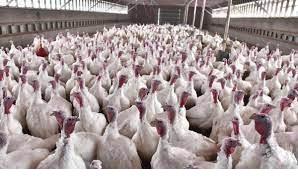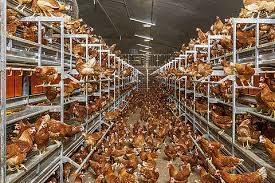 When faced with a public health or animal disease emergency, companies in either ignorance or downright opportunism frequently make claims that products or installations will protect populations, herds or flocks from infection. In the context of human diseases, the FDA is aggressive in suppressing attempts to sell supplements or medical devices using unproven and unscientific claims to prevent or cure disease. There is unfortunately less inclination for the USDA to correspondingly demand retraction of misleading advertisements and claims relating to livestock diseases on websites or advertisements. The reemergence of highly pathogenic avian influenza has been marked by dissemination of E-mail messages from companies offering products to “fight” or “prevent” avian influenza. These include ultraviolet irradiation, sprayers to dispense aerosol disinfectants and feed additives claimed to enhance immune response.
When faced with a public health or animal disease emergency, companies in either ignorance or downright opportunism frequently make claims that products or installations will protect populations, herds or flocks from infection. In the context of human diseases, the FDA is aggressive in suppressing attempts to sell supplements or medical devices using unproven and unscientific claims to prevent or cure disease. There is unfortunately less inclination for the USDA to correspondingly demand retraction of misleading advertisements and claims relating to livestock diseases on websites or advertisements. The reemergence of highly pathogenic avian influenza has been marked by dissemination of E-mail messages from companies offering products to “fight” or “prevent” avian influenza. These include ultraviolet irradiation, sprayers to dispense aerosol disinfectants and feed additives claimed to enhance immune response.
 The industry has progressed to a level of knowledge and sophistication to recognize hucksterism that detracts from the image of companies making unscientific and unsubstantiated claims. It is recognized that many disinfectants and ultraviolet irradiation will destroy orthomyxoviruses (AI) and paramyxoviruses (ND) under controlled laboratory conditions. Their application under practical housing and management is obviously a different situation.
The industry has progressed to a level of knowledge and sophistication to recognize hucksterism that detracts from the image of companies making unscientific and unsubstantiated claims. It is recognized that many disinfectants and ultraviolet irradiation will destroy orthomyxoviruses (AI) and paramyxoviruses (ND) under controlled laboratory conditions. Their application under practical housing and management is obviously a different situation.
Let us therefore concentrate on biosecurity in following the advice of USDA-APHIS and responsible avian health professionals. There are products on the market that can be used to decontaminate equipment and housing and personal protective equipment (PPE) is available for effective operational biosecurity. At this point in time with approximately 14 turkey or broiler farm outbreaks confirmed and one large egg production complex depleted, prospects for control appear more favorable than they did in early March 2015. Let us hope that industry precautions and scientifically supportable programs are effective without having to resort to misinformation, hype and false claims.